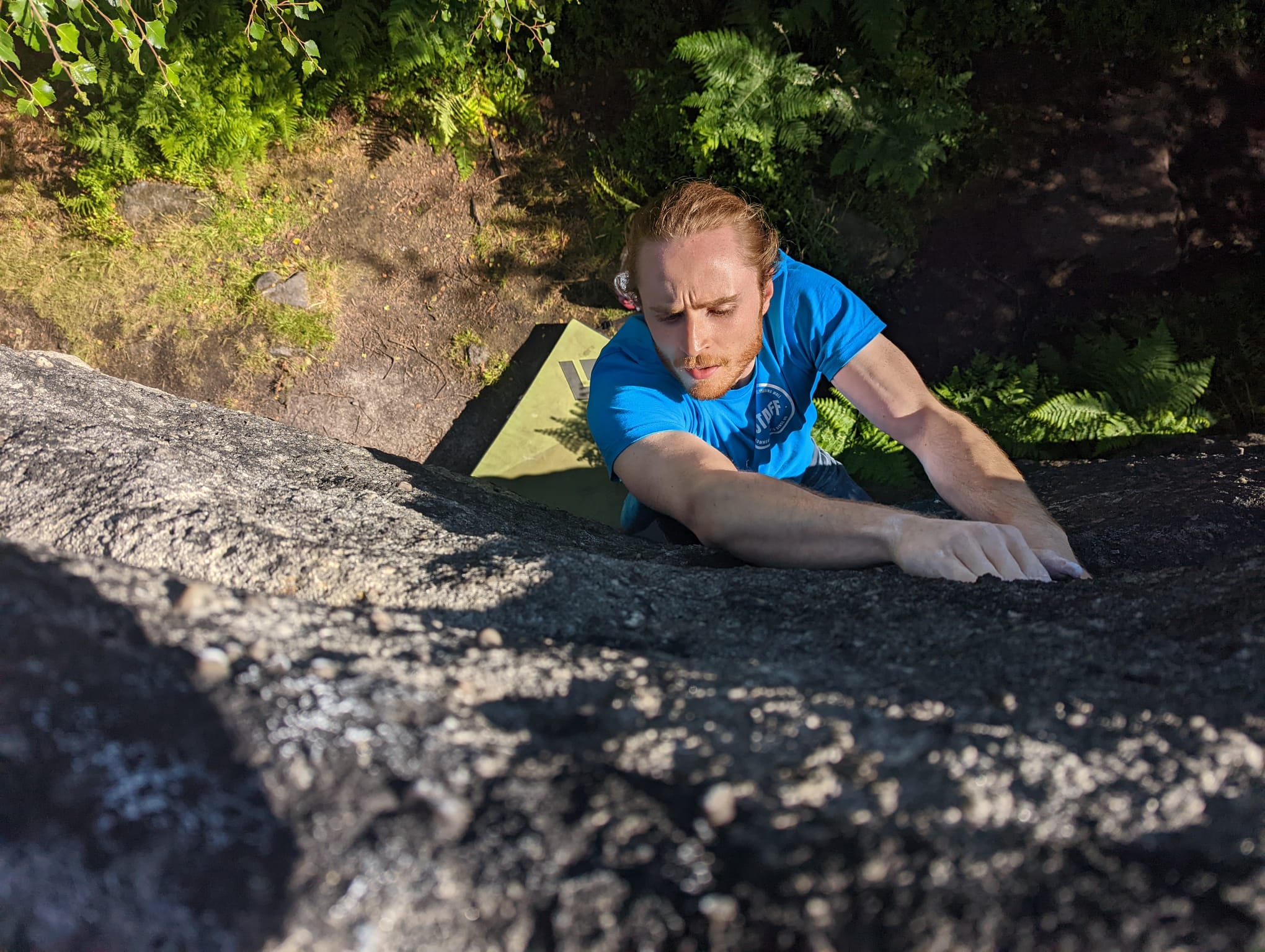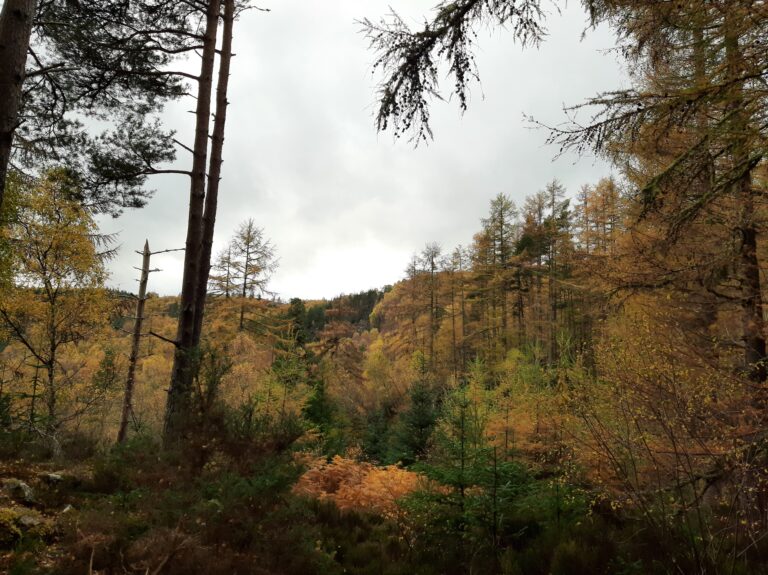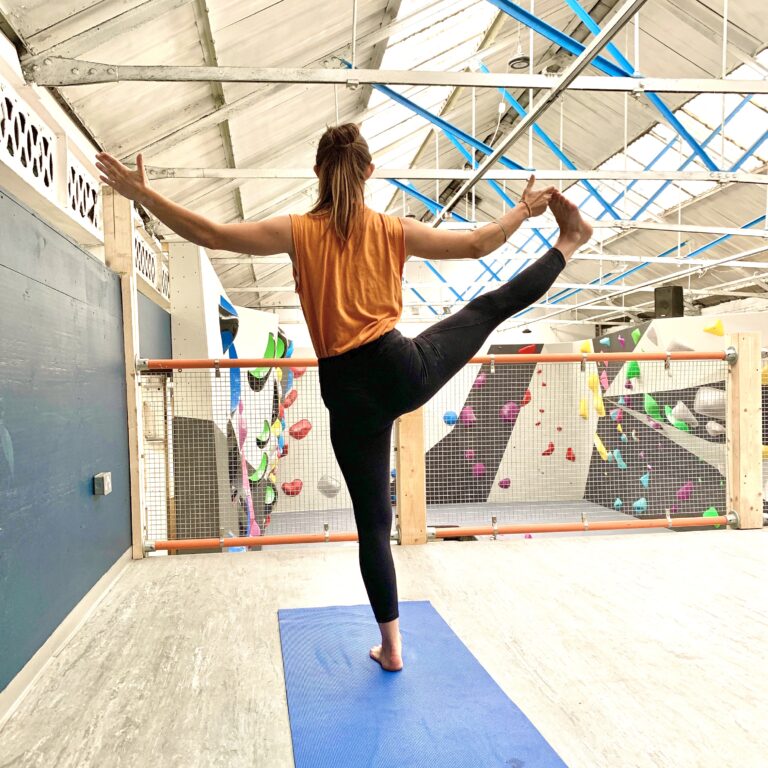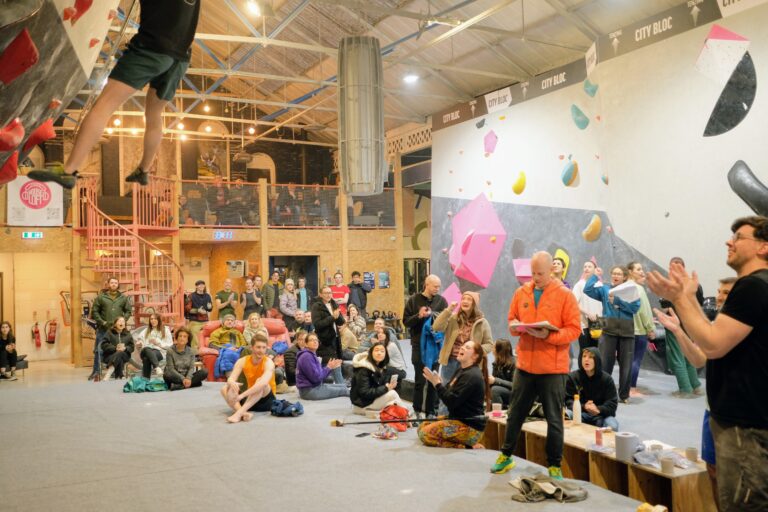Breath Work, Body Tension, and Rhythm: 3 Subtle Techniques to Elevate Your Bouldering
Climbing is not just about strength and technique drills. It’s about mastering the subtleties of energy, control, and rhythm. Whether you’re tackling steep overhangs or delicate slabs, three core elements can often make or break your performance: breathwork, body tension, and rhythm. These frequently overlooked techniques provide the foundation for stability, power, and fluidity on the wall. In this post, we’ll dive into how each of these elements contributes to your climbing, offering practical insights to help you climb more efficiently, conserve energy, and tackle even the toughest problems with confidence.
Breath Work
One of the most overlooked yet simplest changes we can make to our climbing is that of breath work. Whilst breathing is our bodies most automatic behaviour, intentionally controlling the way we breathe on the wall can be a difference between success and failure on those harder problems. Controlled, conscious breathing is a subtle but powerful tool that can calm the mind, steady the body, and fuel the muscles to move with precision, control, and finesse.

For those struggling with the harder grades, encountering challenging and scary moves often evokes a natural response to tense up, hold onto our breaths, and begin to fight our way up the wall. Whilst this survival mechanism might have proved useful to our primordial ancestors, holding our breath on the wall actually works against us. Held, shallow, or erratic breaths can cause our heart rate to spike, reducing oxygen to our muscles, and making us more prone to panicking. In contrast, deliberately controlled breathing in stressful situations actually keeps us calmer, providing more oxygen to the muscles and allowing us to flow through those challenging moves effortlessly. Similarly, performing controlled breaths before stepping onto the wall will enable us to set the tone for our actions. Keeping us cool, composed, and energised for the problem ahead.
Controlled breathing is also an unsung entrance to greater flow in our climbing. By pacing our breaths and maintaining a steady, controlled rhythm of equal in, and equal out, we can seamlessly sync with our movements up the wall. For more static movements or complex holds, focus on slow, even breaths to regulate your heart rate and maintain control. For dynamic, high-power moves, adopt a technique similar to weightlifting: take a controlled inhale to brace your core, hold briefly during the explosive motion, and exhale sharply as you complete the move. This method boosts power and stability, while the exhale resets your body for the next move. By syncing your breath with your movements, you’ll find a new flow and energy to your climbing.
Beyond its role in generating power and keeping composure, it is equally important in using breathwork for recovery. During our moments of rest either hung on the wall, or sat amongst the chalk bags on the floor, bringing focus to breath can help the body flush out lactic acid, replenish oxygen levels, and lower your heart rate. In these moments, a few large inhales and exhales until your lungs are completely full and completely empty will give the body the kickstart to begin a healthy recovery. These small acts of controlled breathing can often be essential to maximising your energy recuperation and delivery on those taxing and harder problems.
By applying controlled breathing throughout our climbing, we can begin to unlock a secret and subtle skill that will aid you in all your harder ascents. It will keep you calm, controlled, and measured, and it will enable flow fluidity, and power. And as a reminder, we bring whatever we’re mentally carrying with us up the wall. Controlled breathing throughout our daily routine will allow those weights to be lifted more easily and enhance your climbing naturally.
Body Tension
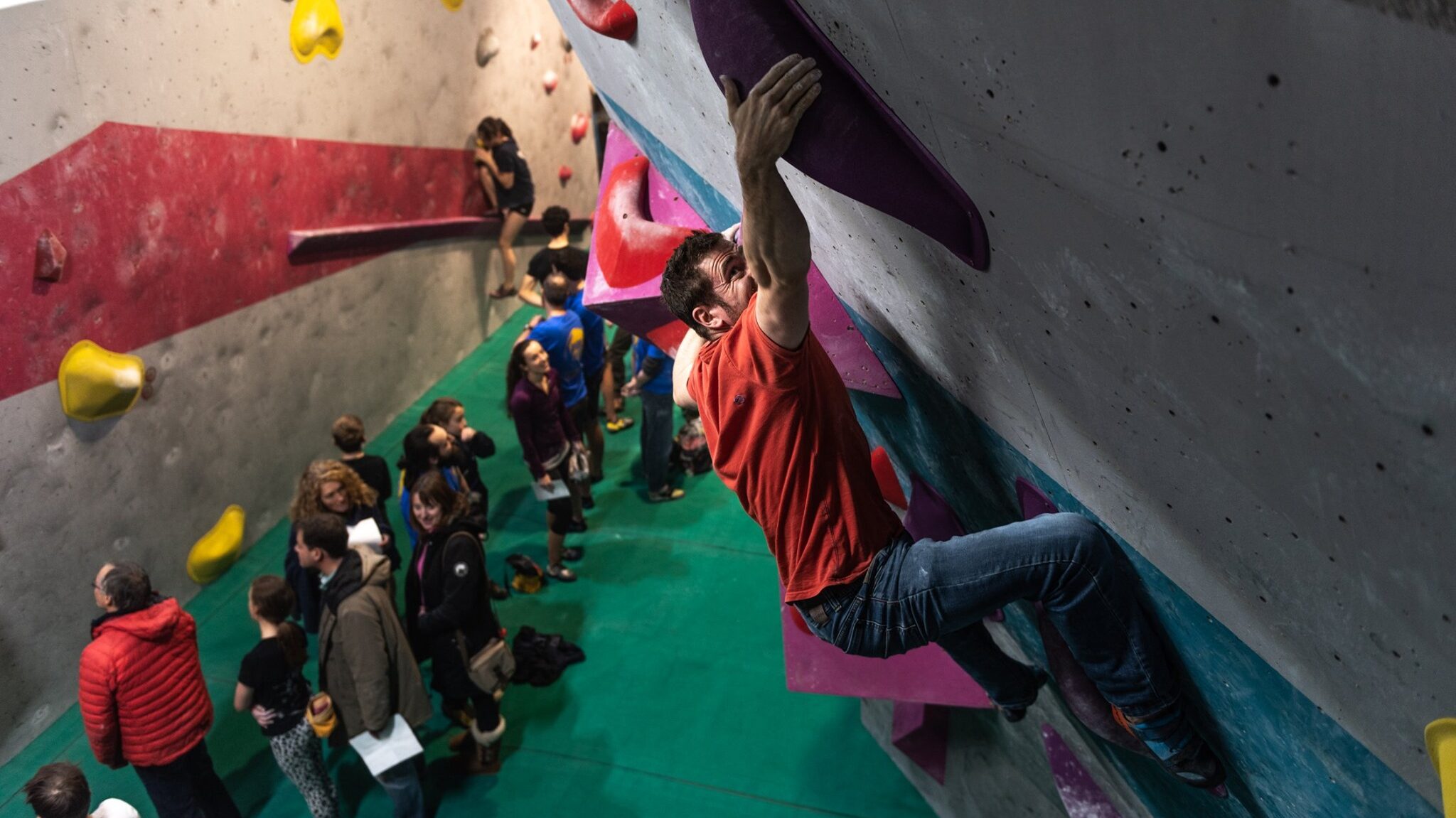
Whilst body tension might not be as obvious a climbing technique as precise footwork or keeping our hips close to the wall, it is one of the most crucial unseen threads that tie our movements together. In the context of climbing, it refers to the coordinated engagement of our core and surrounding muscles to pin our feet and hands to the wall, maintaining stability and control throughout every move. Without some level of it, we would simply fall, or rely too much on our arm strength to keep us clinging on and laboriously pulled upward.
Body tension is often thought of as a skill reserved for steeper terrain, such as overhangs and roofs, where we are consciously engaging our core to combat gravity’s relentless pull and keep our feet firmly attached to the wall. However, on more vertical or slab climbs, where gravity often works in our favour, body tension is easily overlooked or ignored. Yet applying it deliberately in every scenario transforms how we stick to poor holds and navigate technical moves. By keeping tension, we create a solid bridge between our upper and lower body, distributing force efficiently, letting us push through our legs, avoid arm pump, and move with greater control. Without it, our movements become disconnected, making progress more fragile and prone to failure. In every type of climb, body tension acts as the crucial backstage force that anchors us, keeping every point of contact intentional and secure.
One subconscious bad habit many of us climbers develop that breaks body tension is that of unnecessary readjustments. Shifting our hands and feet around in search of the “perfect” placement on a hold might seem harmless, but with every fidget, we are loosening our rigidity, and opening up an opportunity to fall. This not only gradually destabilizes our position, but wastes precious energy, and on those harder grader climbs this might be a hiccup that decides whether you send or fail. As the saying goes, “A good placement on a bad hold is better than a bad placement on a good hold.” This reminds us that conscious effort to be precise, allows us to continuously engage our core throughout every move, conserving energy and avoiding the unnecessary readjustments that break our valuable body tension.
Body tension also plays a vital role in connecting our static and dynamic movements. Whether it’s the raising of a foot during a double gastón, or the brace before launching into a gnarly dyno, making a conscious effort to apply body tension in these situations will help you stick the most challenging of moves. In static moves keeping body tension allows us to lock into positions securely, and inch closer to those desperate holds. Whilst during dynamic movements, it provides the stability to explode with power and accuracy, whilst then also absorbing our intense landings with control and finesse. Without proper body tension, our static moves feel unsteady and strained, and our dynamic moves become wild, uncontrolled, and un-stickable.
Mastering the art of body tension will elevate your climbing from a battle with gravity and unsteadiness to a secure flow of movement. It will mean sticking to every hold like glue and having the confidence to drive upward through the tinniest of pebbles and thinnest of crimps. Being able to channel it hard while moving static, and find that effortless release and catch when moving dynamic, unlocks the unseen thread that makes every challenging move possible. So remember, next time you’re slapping to that hold and you either slip off the foot or begin to peel away; keep that tension, and begin to open up that ability to cruise up the harder grades.
Rhythm
Despite Bouldering being the shortest form of climbing, success on the wall is by no means a rushed sprint. Unless we deliberately reduce our problems into a variation of straightforward speed climbing, our trajectory up the wall is never perpetually linear. Instead, it is marked with pauses, breaks and subtle adjustments that keep us stable and balanced, allowing us to continue upward without falling off. Climbing rhythm, then, is not about rushing to the top; it’s about finding a flow of movement and instability, interspersed with beats of stability and control.
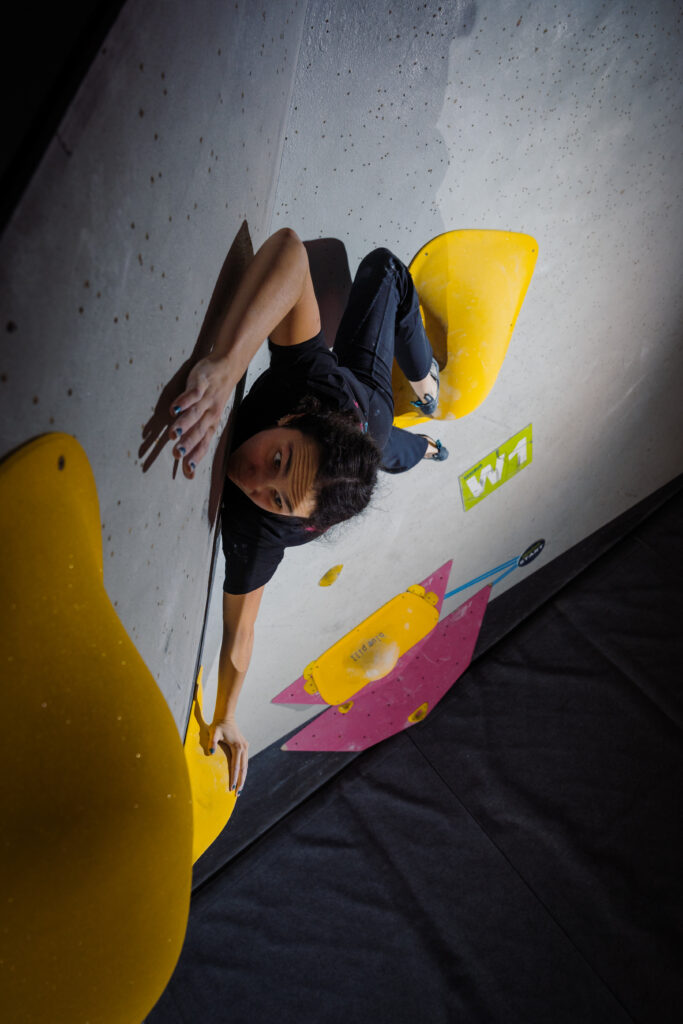
For many climbers stuck on the lower grades, when piecing together moves from the ground, counting the footholds and following the lines of chalk, they often expect moments of stability and therefore rhythm will come naturally. This is because, by nature, lower-graded problems within gyms are set with stability in mind. Footholds are spaced nicely for the moves, and hand holds are pleasantly positioned over them to never throw us off balance. Often these types of routes create scenarios where there are never less than 3 points of contact on the wall; either 2 hands and 1 foot, or 1 hand and 2 feet – resembling a stable triangular shape. However, as we approach harder graded climbs, we find moves that challenge us to navigate through more extreme positions of instability, removing holds and breaking up our comforting triangular shape.
For those who haven’t yet developed a rhythm on the wall, these extreme moves into instability can feel overwhelming. We tend to switch on our ‘self-preservation’ mode and bail to the nearest jug or dig deep, ploughing on ahead gritting through the pump and hoping safety will arrive before our fall. Whilst the latter option may produce results occasionally, both approaches are unwanted interruptions that disrupt your climbing rhythm, only reinforcing bad habits and hindering your harder ascents. Overcoming these habits requires developing a deeper awareness of your movement and embracing instability with confidence that you can implement stability soon after.
As holds in the harder climbing grades become more erratic, smaller, and scarce, we find that almost within every move we are presented with extreme instability, enticing us to find stability ourselves rather than have it presented to us on the wall. The climb might call for a giant dyno or a crazy cross-through, but that doesn’t necessarily mean stable, balanced positions don’t exist within it. As long as after every instable move we attempt to return to our stable triangular position, be it by moving our feet again, flagging, or in whatever manner we can; we can then regain control and begin to build up our climbing rhythm. Make a move, get stable, make a move, get stable… etc. Following this sequence up the wall will begin to open up your climbing capabilities, developing a rhythm that will keep you balanced on the wall throughout your climb. And as we know, the expansive variation that exists within challenging climbing moves means we may not always be able to return to a triangular shape; although as long as we consciously make an effort to find balance with our hips close to the wall and over our points of contact after every move, we will find that rhythm on the wall.
Summary
Bouldering isn’t just about strength and technique drills; it’s about mastering even the subtle techniques to enhance your performance. Breath work, body tension, and rhythm are key to improving control and flow. Controlled breathing helps calm the mind, oxygenate muscles, and recover faster, keeping you focused during tough moves. Body tension ensures stability by engaging your core and maintaining a connection with the wall, reducing energy waste and firmly sticking to those poor holds. Rhythm allows you to navigate instability by regaining balance after each move, creating a continuous steady flow up the wall. Mastering these techniques will improve your climbing in powerful but subtle ways, helping you tackle those harder problems with precision and confidence.
As a climbing coach, I’ve seen first-hand how these principles can make a significant difference in climbers’ progress, whether they’re tackling tough bouldering problems or working through technical moves.
To book a session with either me or one of our experienced coaches, head to our 1- 2 -1 coaching page or consider booking onto one of our weekly group coaching classes where we are dedicated to developing your climbing in a fun, wholesome and knowledgeable way.

